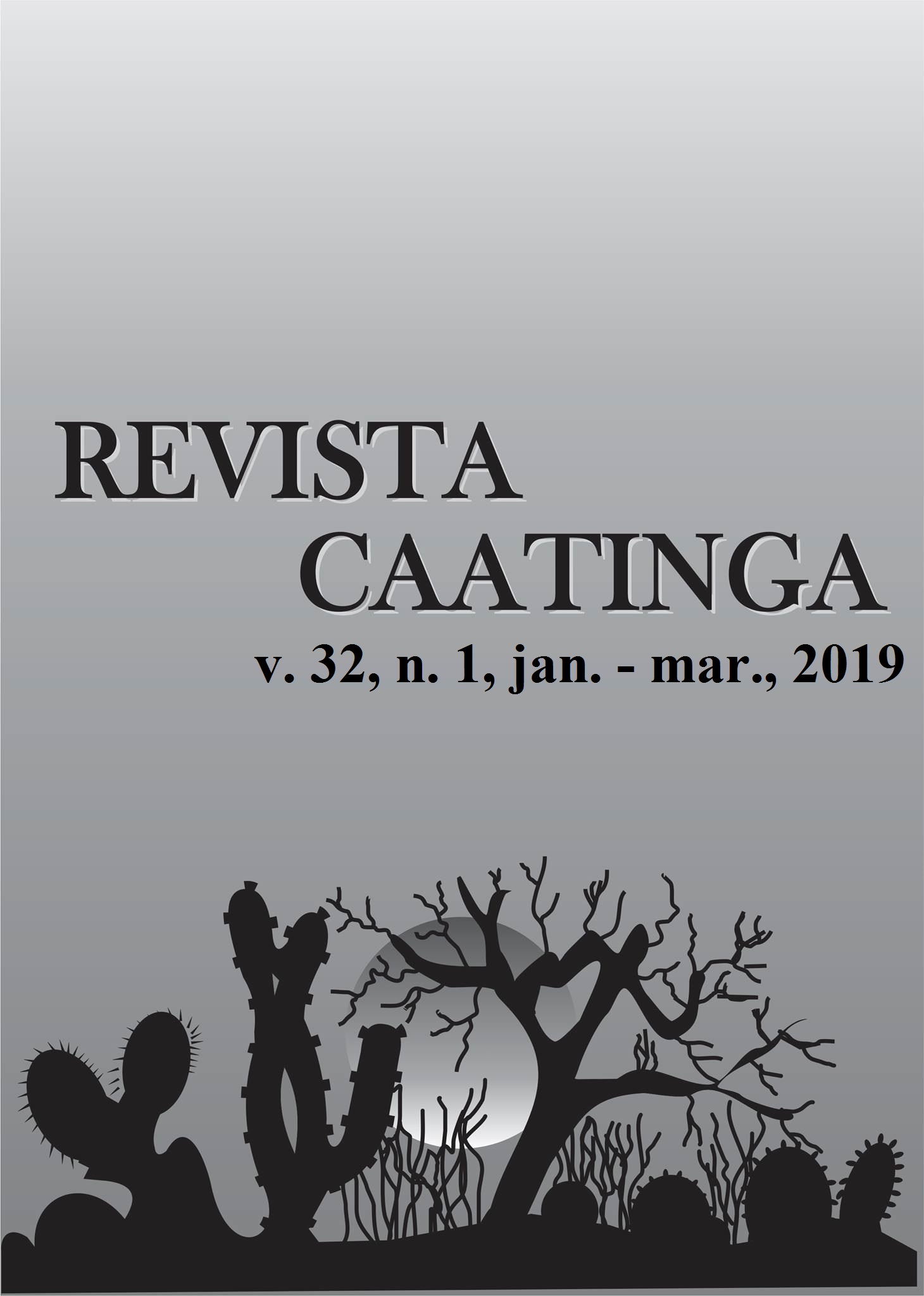PRODUCTIVE VIABILITY AND PROFITABILITY OF CARROT-COWPEA INTERCROPPING USING DIFFERENT AMOUNTS OF Calotropis procera
DOI:
https://doi.org/10.1590/1983-21252019v32n107rcKeywords:
Calotropis procera. Daucus carota. Green manure. Vigna unguiculata. Intercropping.Abstract
Intercropping system and the use of green manure with spontaneous species has been an alternative farming method applied to the productive sector of vegetables in the northeastern semi-arid region. The objective of this work was to determine which amount of Calotropis procera must be incorporated into the soil to provide the highest productive performance of the component crops and increase the profitability of the carrot and cowpea intercropping. The experimental design used was randomized complete blocks with five replicates. The treatments consisted of four amounts of C. procera incorporated into the soil: 10, 25, 40 and 55 t ha-1 on a dry basis. The characteristics evaluated in this intercropping system were: commercial productivity of carrot roots, yield of cowpea green grains, land equivalent ratios for component crops and for the intercropped system, score of the canonical variable of the association, and the economic indicators of gross income, net income, rate of return, and net profit margin. The maximum agronomic efficiency of the carrot x cowpea intercropping was reached at the land equivalent ratio of 1.12, using 43.39 t ha-1 of C. procera biomass incorporated in the soil, while the maximum economic efficiency of the carrot and cowpea crops association was obtained at the net income of R$ 17,856.43 ha-1, in the amount of 40.60 t ha-1 of C. procera biomass added to the soil.
Downloads
Downloads
Published
Issue
Section
License
Os Autores que publicam na Revista Caatinga concordam com os seguintes termos:
a) Os Autores mantêm os direitos autorais e concedem à revista o direito de primeira publicação, com o trabalho simultaneamente licenciado sob a Licença Creative Commons do tipo atribuição CC-BY, para todo o conteúdo do periódico, exceto onde estiver identificado, que permite o compartilhamento do trabalho com reconhecimento da autoria e publicação inicial nesta revista, sem fins comerciais.
b) Os Autores têm autorização para distribuição não-exclusiva da versão do trabalho publicada nesta revista (ex.: publicar em repositório institucional ou como capítulo de livro), com reconhecimento de autoria e publicação inicial nesta revista.
c) Os Autores têm permissão e são estimulados a publicar e distribuir seu trabalho online (ex.: em repositórios institucionais ou na sua página pessoal) a qualquer ponto antes ou durante o processo editorial, já que isso pode gerar alterações produtivas, bem como aumentar o impacto e a citação do trabalho publicado (Veja O Efeito do Acesso Livre).







